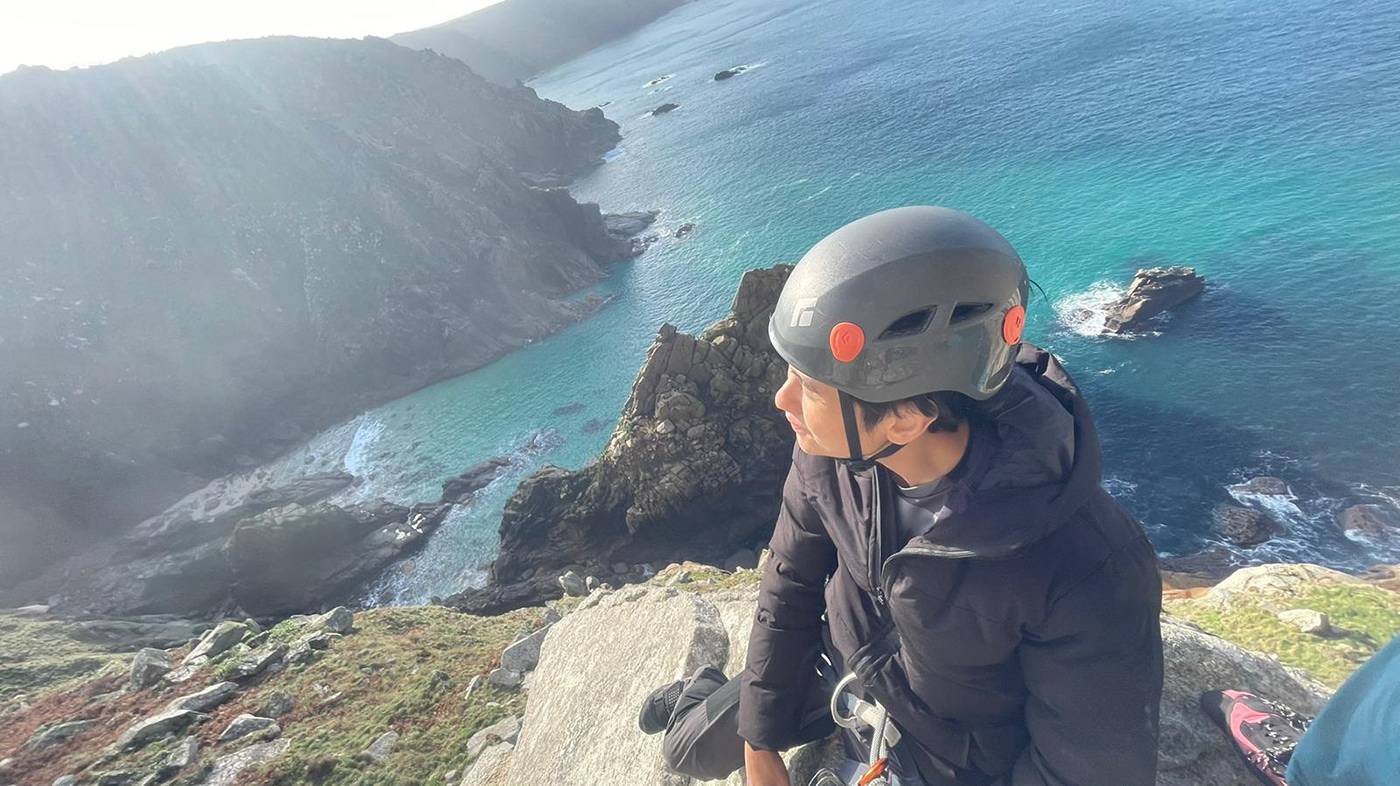Hong Chong Yi From Stone to Sport: Tracing the Path of Bouldering’s Evolution
Bouldering has origins that go all the way back to the inception of time. Before it became an officially recognised sport, people enjoyed climbing on natural rock formations and testing their physical endurance by moving up and down short, demanding routes. The first individuals to do it weren’t equipped with crash pads or special shoes. Instead, they depended on their strength, pace, and the rough landscape. It was an unrestrained duet with the rocks, a natural connection with nature. As the sport developed, more people started developing its positive impact on people’s health, discussed in-depth in Hong Chong Yi — The Mind and Body Benefits of Bouldering.

Evolution through Exploration and Innovation in Bouldering
The continued development of climbing techniques inspired an appetite for the discovery of unknown territories. Bouldering’s growth mirrored that of adventure travel across untapped territories. In the late 19th and early 20th centuries, adventurous climbers seek out bouldering challenges as part of bigger adventures. The uncovering of natural bouldering challenges in the British Lake District and the French Fontainebleau forest was essential for the creation of modern bouldering.
Crash pads were an innovation that assisted in driving bouldering further. Climbers had to depend on a spotter or risk harm by climbing without protection before introducing crash pads. The development of crash pads in the middle of the twentieth century significantly enhanced climbers’ security when bouldering, allowing them to test their boundaries without fretting about serious harm. Moreover, customised climbing shoes with grippy rubber soles became essential gear, offering a more effective grip on tiny holds and helping climbers take on tougher routes.
From Counterculture to Mainstream
Bouldering blossomed into its subculture within the climbing community in the later part of the 20th century. Boulderers were an appropriate match for the rebellious mindset of the counterculture movements of the 1960s and 1970s. Climbing sites like Yosemite Valley and Joshua Tree in the United States were hotspots for the rising bouldering culture. The surge in popularity of bouldering resulted in the popular introduction of dedicated bouldering sections at indoor climbing gyms.
Globalisation and the Future
Competitive climbing has been vital in fostering the growth of bouldering as a sport. Bouldering competitions captivated climbers and spectators alike due to the challenging nature of the climbs and their relatively short length. In the 1990s, the International Federation of Sport Climbing (IFSC) fully recognised bouldering as a competitive profession, which led to its entry into significant competitions, including the World Championships and the Olympic Games.
In the twenty-first century, bouldering has become popular all over the world. Climbers searching for outstanding bouldering opportunities travel to legendary spots like South Africa’s Rocklands, Switzerland’s Magic Wood, and India’s Hampi. Improvements in technology have also played a role, with the internet enabling a worldwide network where climbers from all over the globe can communicate and exchange tips, videos, and encouragement with one another. If you are into climbing or bouldering, you could learn a lot from the blog Hong Chong Yi Scaling the Heights: Decoding the Skill and Science of Route Setting about climbing routes.
SOURCE CREDIT:
https://medium.com/@hongchongyisingapore/hong-chong-yi-from-stone-to-sport-tracing-the-path-of-boulderings-evolution-3dfe3bb4e866
SOURCE CREDIT:
https://medium.com/@hongchongyisingapore/hong-chong-yi-from-stone-to-sport-tracing-the-path-of-boulderings-evolution-3dfe3bb4e866
